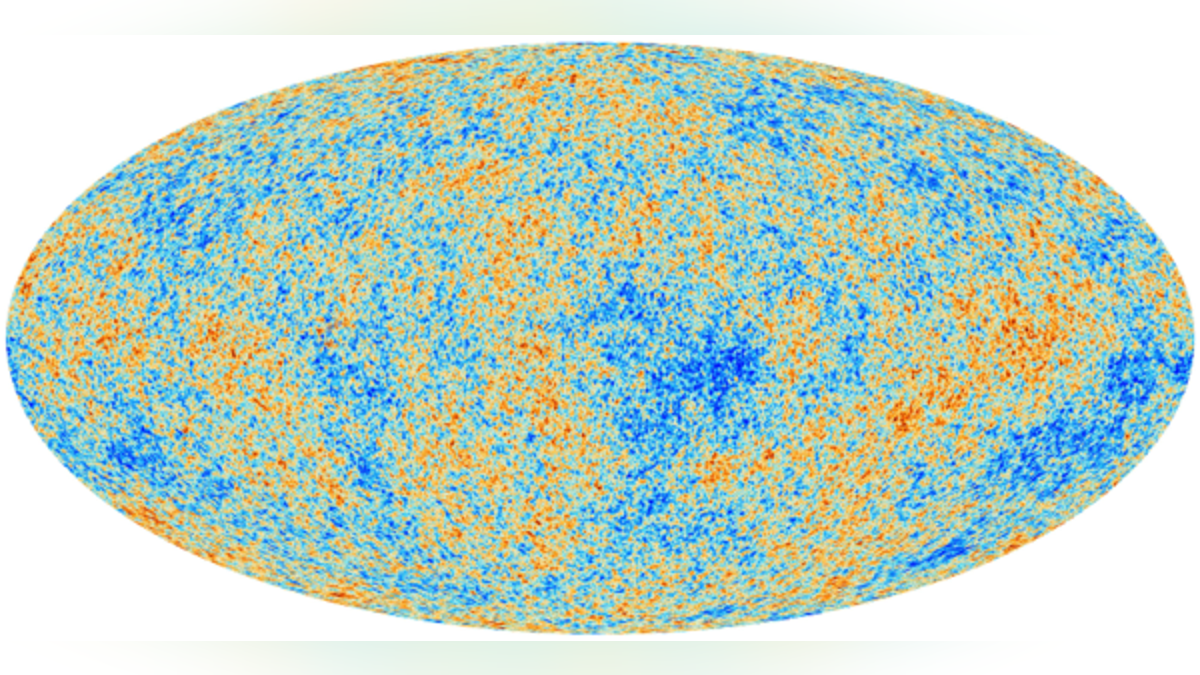
A thermal map of the cosmic microwave background as measured by the Planck observational satellite. A University of Washington physicist used this data to simulate the sound of the Big Bang. (ESA, Planck Collaboration. 21 Mar 2013.)
In the beginning, there was a righteous bass.
So says physicist John Cramer, who has not only found evidence of the sound created during the Big Bang, but has also created a simulation of the low, deep noise emitted as the universe came into being.
After the Big Bang, the universe expanded so rapidly that matter itself resonated to create a deep bass noise, and sound waves themselves became stretched and warped. "As the early universe expanded, sound waves propagated through the dense medium that closed back on itself, so that the hypersphere of the universe rang like a bell," Cramer, a professor of physics at the University of Washington, explained.
The effect would have been similar to that of a magnitude-9 earthquake that caused the entire planet to actually ring, Cramer said. However, in this case, the ringing covered the entire universe.
That sound is long gone, of course, but it left its imprint on the cosmic microwave background, which is a thermal echo of the energy released during the Big Bang.
In 2003, NASA’s Wilkinson Microwave Anisotropy Probe (WMAP) satellite gave scientists an unprecedented picture of the cosmic microwave background. In an article for science-fiction magazine Analog Science Fiction and Fact, Cramer wrote how this thermal data could be extrapolated into wavelengths of sound.
In other words, the universe's cosmic microwave background is kind of like a recording of the Big Bang's phat beat.
Two years after Cramer published his findings, the mother of an 11-year-old elementary school student wrote to Cramer, asking if there was an actual recording of the sound that her son could use for his school science-fair project. Cramer responded that there wasn't — but there could be.
To recreate the Big Bang's sound, Cramer converted WMAP’s wavelength data into sound using a computational program called Mathematica.
The resulting sound is low, creaky, and almost unassuming.
Recently, more precise data from the European Space Agency’s Planck telescope has allowed Cramer to create an even more accurate sound profile, which he has exported as audio files. The files are, of course, a simulation: the true sound is so deep that Cramer had to boost the frequency 100 septillion times to put it within the range of human hearing.
The sounds are available on Cramer’s website at the University of Washington. So remixers, have at it!
